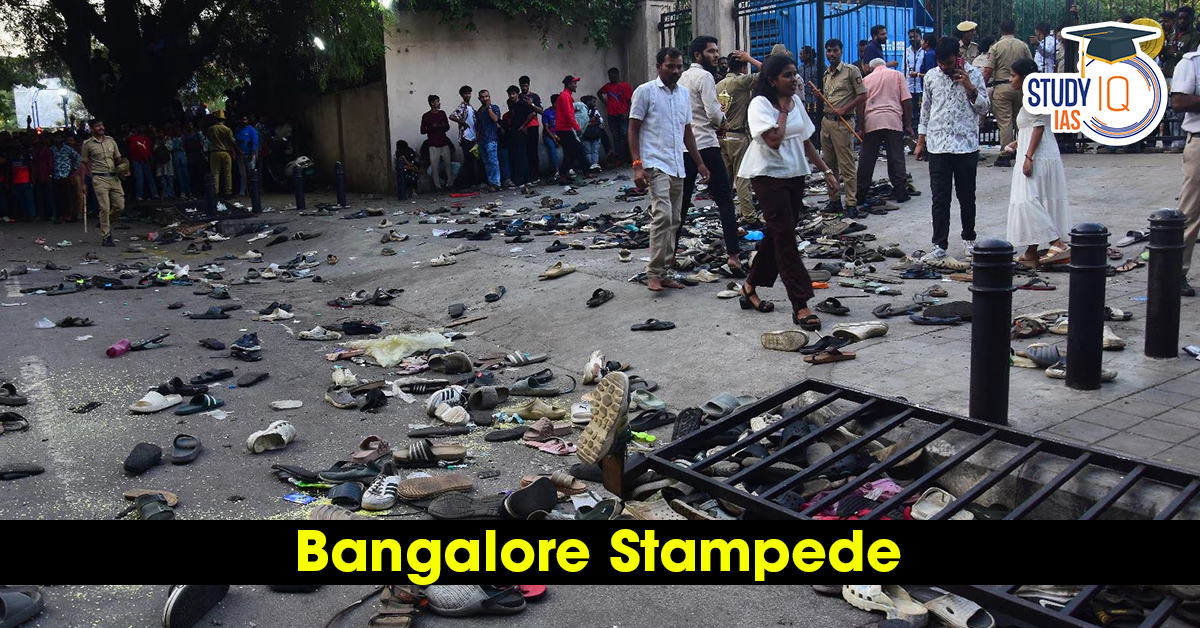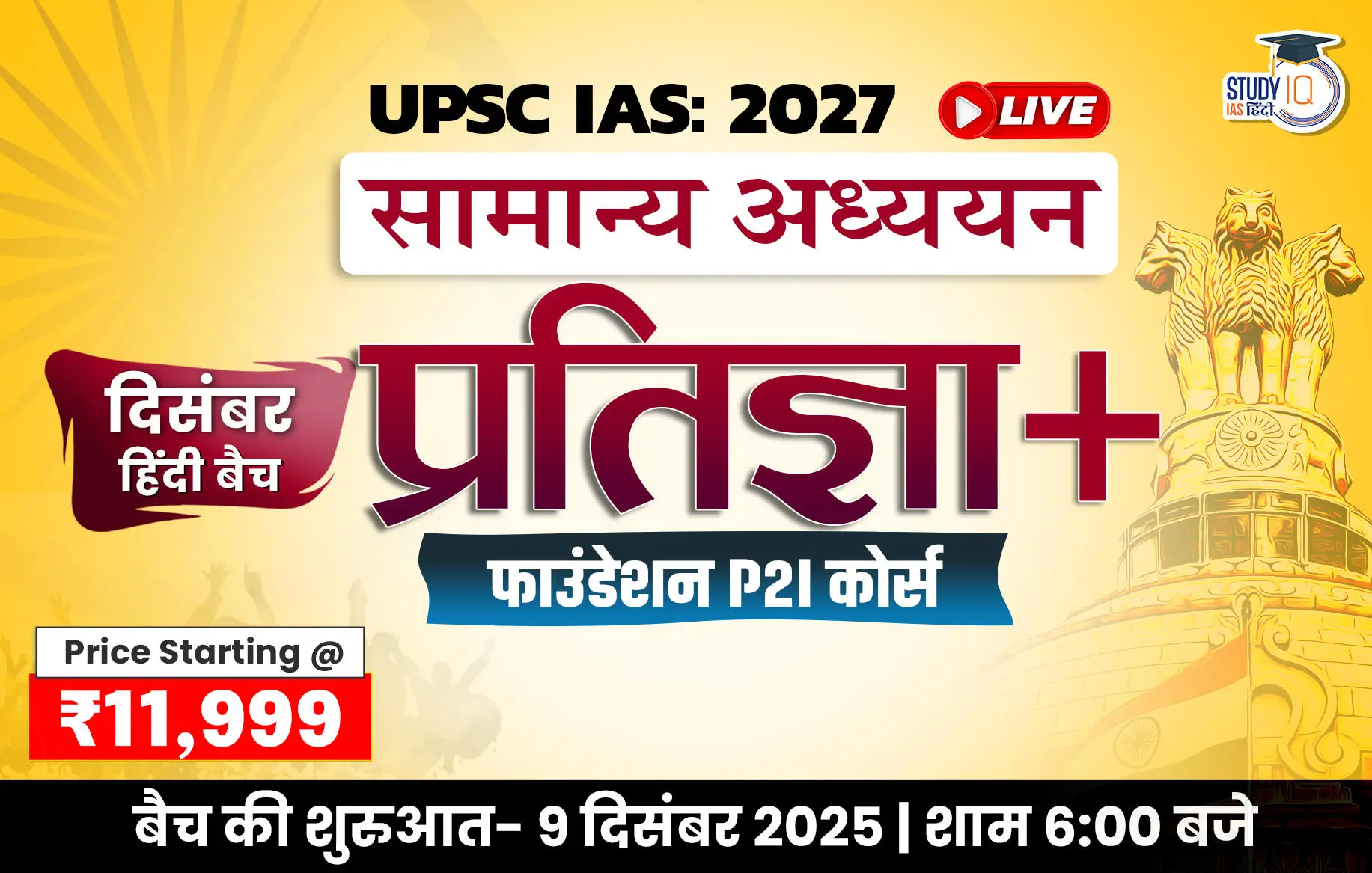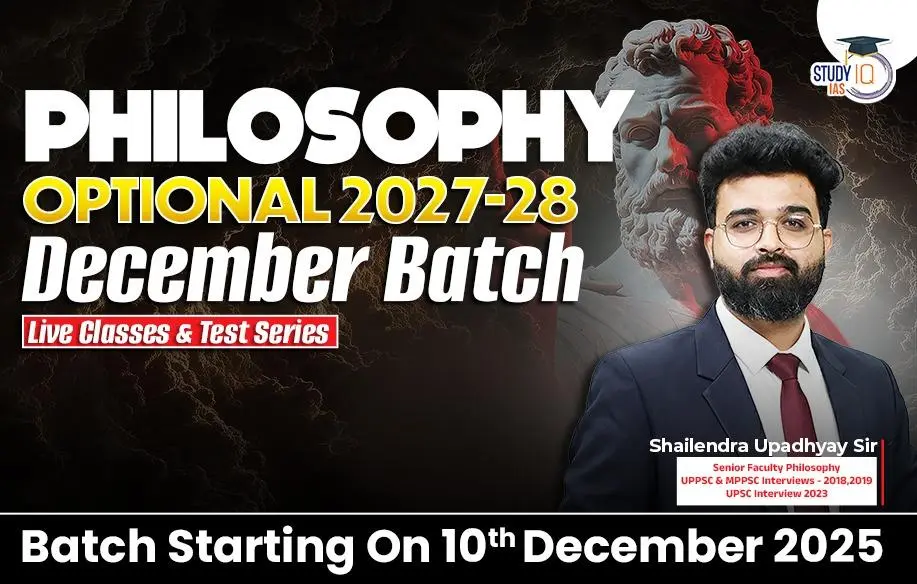Table of Contents
On 4th June 2025, a stampede broke out outside M. Chinnaswamy Stadium in Bengaluru at a victory celebration for Royal Challengers Bengaluru’s (RCB) first-ever IPL title victory. At least 11 people were killed and more than 30 were injured in the stampede. This tragedy highlights the imperative necessity of careful planning and crowd control in huge public events.
Bangalore Stampede
The Karnataka state government had arranged a felicitation ceremony at Vidhana Soudha, to be followed by a victory procession to the stadium. But the crowd well surpassed the expectations, with more than 200,000 spectators around a facility that could accommodate about 35,000. Whispers on free tickets being handed out at Gate 7 created a rush of people trying to get in, resulting in pandemonium and a fatal stampede. Eyewitnesses mentioned the absence of proper entry strategies and poor coordination from the police, which worsened the situation.
The incident has come under huge criticism for poor crowd management and lack of safety planning. RCB players like Virat Kohli posted their deep regret on the incident. Political leaders have demanded answers, with opposition parties attributing blame to the state government for its negligence. The Karnataka High Court has taken suo motu cognisance of the incident and fixed a hearing to hear the matter.
RCB Victory Parade Stampede
Royal Challengers Bengaluru’s maiden IPL title victory, after 18 years, had lit up a passion-filled mood in the city. Already, celebrations were underway on the evening of June 3, with thousands pouring onto the streets. The team’s decision to hold a victory parade and also a felicitation ceremony at the Chinnaswamy Stadium on June 4 added to the buzz.
But planning for this mass public event was obviously grossly inadequate. Owing to police advice and warnings, the crowd accumulated to unimaginable proportions. Though the stadium holds a capacity of about 35,000, estimates put between 2-3 lakh outside the stadium, and about 50,000 in a one-kilometre radius of the stadium by 3 PM.
Misunderstanding surrounding the distribution of free passes as well as a last-minute cancellation of the open bus parade, fueled further the chaos. As Gate 3 of the stadium opened partially at 4 PM, the mass of people, both pass-holders and non-pass-holders, tried to push their way in, creating a disastrous crush. Eyewitnesses reported people tumbling over one another, with insufficient crowd control measures to deal with the sheer volume.
| About Chinnaswamy Stadium |
| The M. Chinnaswamy Stadium is a flagship cricket ground situated in the centre of Bengaluru, Karnataka. Founded in 1969 and named after M. Chinnaswamy, an erstwhile BCCI president and a key figure in Karnataka cricket, the stadium has been an integral part of Indian cricket history.
With a capacity of around 40,000, the stadium is the home venue of the Karnataka state cricket team and the Royal Challengers Bengaluru (RCB) of the Indian Premier League (IPL). It has also been the host of various high-profile matches, such as Test matches, One Day Internationals, and T20 Internationals. Interestingly, it hosted the 1996 World Cup quarter-final match between India and Pakistan, and the first ever Test match of Afghanistan in 2018. |
Causes and Contributing Factors of the Chinnaswamy Stadium Stampede
The stampede in Bengaluru, similar to several such incidents in India, brings to light key issues related to crowd management in huge public events. Key contributing factors include:
- Underestimation of Crowd Size: A major calculation error in the number of expected participants resulted in inadequate security and infrastructure to support the influx.
- Poor Crowd Management: Ineffective barriers, poor entry/exit points, and failure of queue management systems led to bottle necks and uncontrolled rush.
- Lack of Coordination: Noticeable coordination gaps among event organizers, the cricket association, and local authorities, including police, led to disoriented messaging and a lack of effective crowd control measures.
- Misinformation and Rumours: The circulation of unsubstantiated information regarding free passes attracted even more people to certain entry points, increasing the pressure.
- Lack of Proper Emergency Readiness: The lack of easily accessible ambulances and defined emergency corridors further hindered rescue efforts once the stampede was underway.
Human Cost and Consequences
The victims of the Bengaluru stampede were mostly young, a majority of them teenagers and those under 40, who had turned out to celebrate the victory of their team. Their dreams and lives were cut short in a tragic manner, leaving families to mourn and the city to be shocked.
Following the tragedy, the Karnataka High Court has taken suo motu cognisance of the incident, and a magisterial inquiry has been directed by the Chief Minister. Demands for more accountability and an overhaul of crowd management regulations for mass gatherings are echoing through.
Lessons for the Future from Bangalore Stampede
The Bengaluru stampede is a stark reminder of the exigent requirement for stringent crowd management measures in India. To avoid such mishaps, the following multi-pronged measures are needed:
- Correct Crowd Estimation: Leveraging data and big data analytics to accurately estimate likely crowd strengths for events.
- Optimal Crowd Control Measures: Deploying well-planned venue designs with adequate, well-indicated entry and exit points, robust barricading, and efficient queue management.
- Inter-Agency Coordination: Providing clear channels of communication and control between all concerned agencies involved in event organization and operation.
- Real-time Monitoring and Communication: Utilizing CCTV surveillance, drones, and public address systems to monitor crowd flows and provide vital information to the crowd.
- Comprehensive Emergency Preparedness: Creating and exercising emergency response plans on a regular basis, ensuring sufficient medical staff, ambulances, and unobstructed routes for evacuation.
- Public Awareness: Informing the public on safe crowd behavior and safety practices.


 UNESCO Global Network of Learning Cities...
UNESCO Global Network of Learning Cities...
 National Livestock Mission (NLM): Object...
National Livestock Mission (NLM): Object...

























